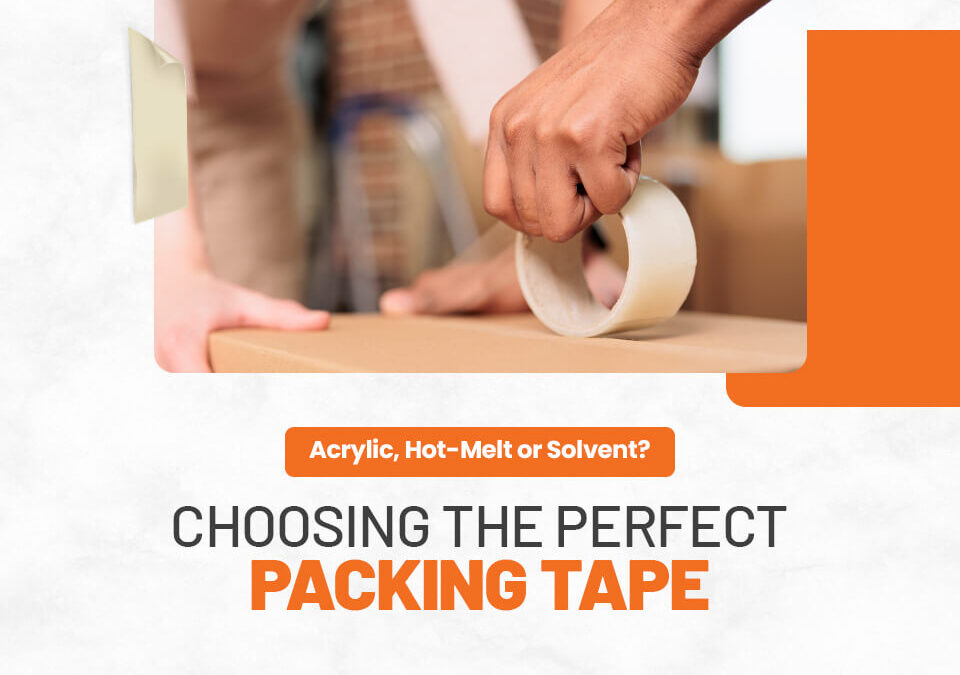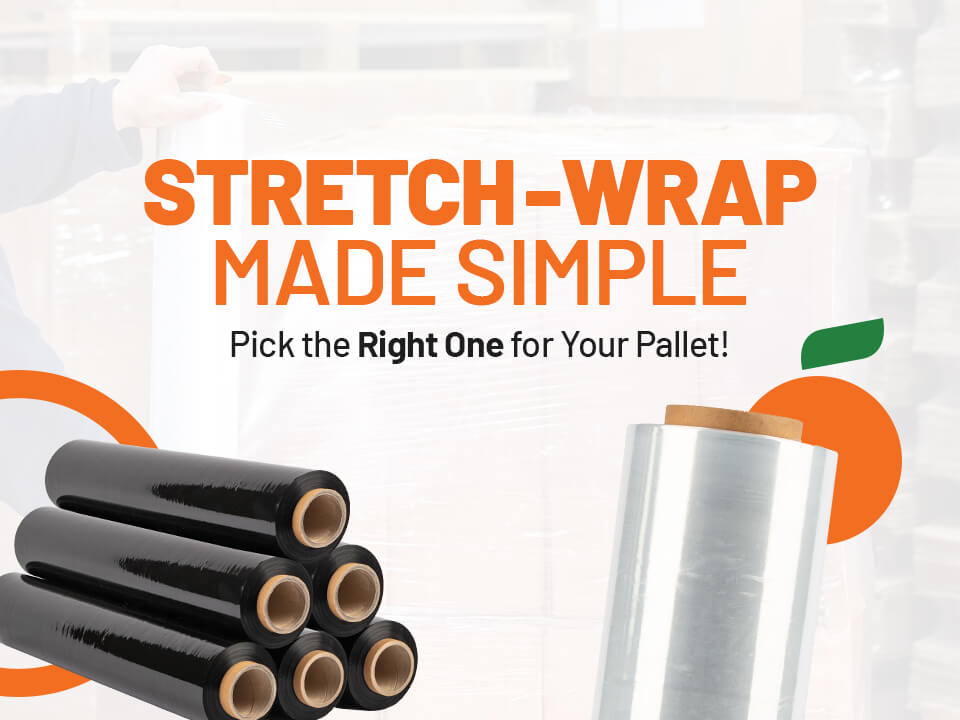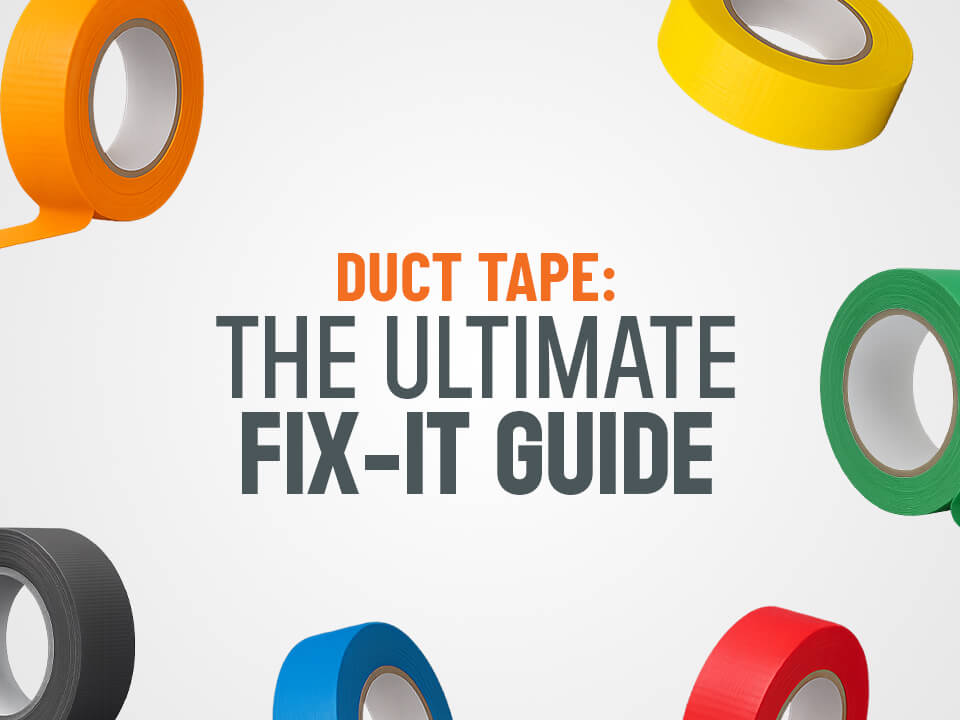
How Cardboard Edge Protectors Slash Transit Damage and Reduce Plastic Strapping?
October 16, 2025
Choosing the perfect packing tape plays a key role in many UK warehouses. It keeps cartons sealed, helps items stay safe in transit, and supports smooth packing work. There are several perfect packing tape types used today. Each has its own grip strength, use case, and limits.
Packing tape comes in several types, each using a different kind of glue. The most common ones are acrylic, hot-melt, and solvent. Each type works best in certain spaces, box types, and temperatures
What Is Packing Tape?
Packing tape is a plastic strip with glue on one side. It seals boxes so they stay shut during shipping or storage. Most are made from strong films like polypropylene or polyester. These are light, strong, and hard to rip.
The glue sticks well to cardboard and holds the box flaps closed. This makes boxes easier to move and stack.
Packing tape types include:
- Low-temperature packing tape UK – good for cold places
- High-tack carton sealing tape – sticks better on rough or hard-to-hold boxes
- Export-grade adhesive tape – used for shipping abroad
- Food-safe packaging tape – safe for food packing
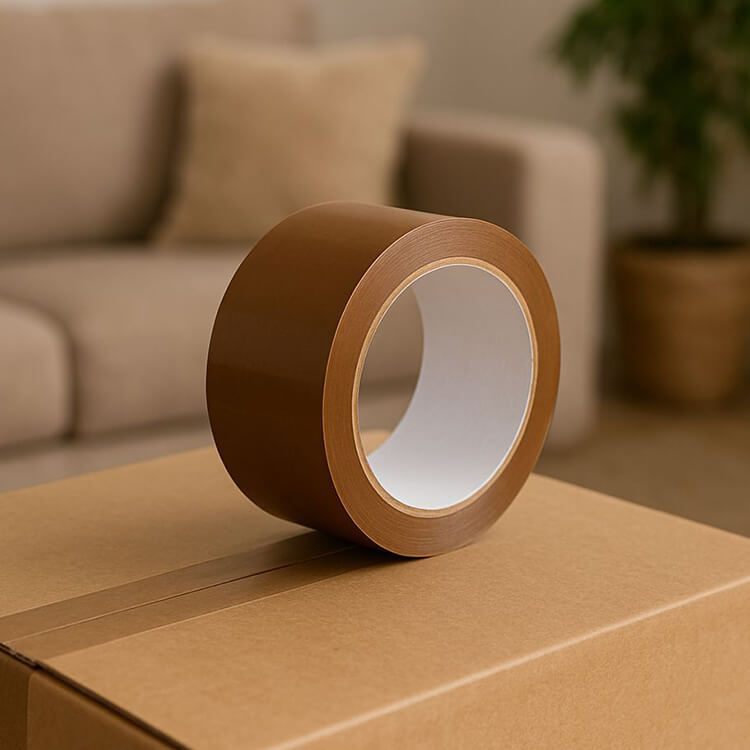
Perfect Packing Tape Types
Packing tapes are grouped by the kind of glue they use. The glue affects how well the tape sticks, how fast it grabs, how long it holds, and how it reacts to heat or cold.
The most used glue types in packing tape are acrylic, hot-melt, and solvent. These tapes may look the same at first. But they perform differently once they are on the job.
- Acrylic tape bonds slowly but lasts a long time. It works best in dry rooms with clean boxes.
- Hot-melt tape grabs fast and works well on rough boxes. It is good for quick packing lines.
- Solvent tape holds tight in cold, damp, or dusty places. It is used in tough conditions like cold rooms or export shipping.
Some tapes make more noise when used. Others unwind quietly. Some stay stuck during heat or cold. Others peel off if used in the wrong spot.
Knowing how each tape behaves helps match the right type to the job. This helps lower the risk of tape failure. It also helps keep boxes closed and items safe during packing, moving, or storage.
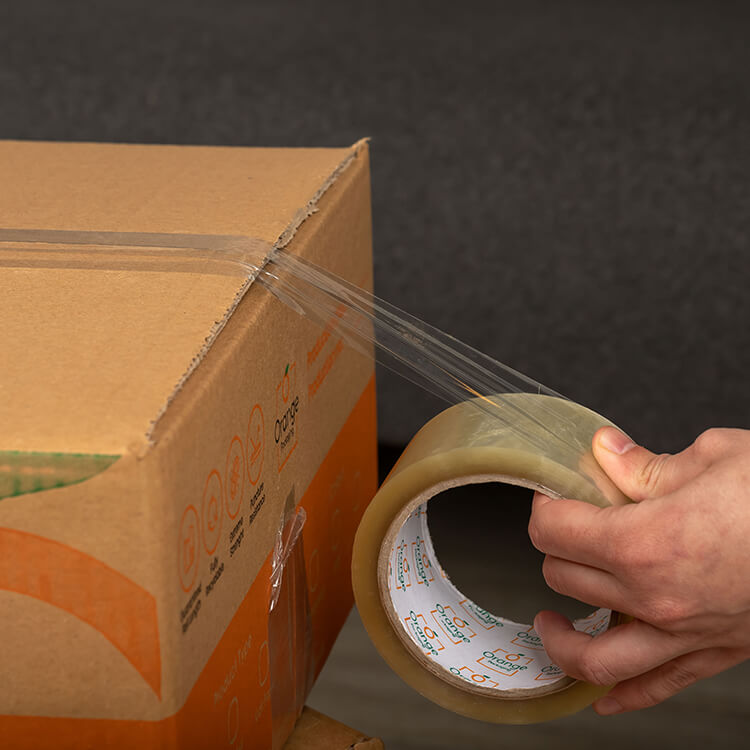
Acrylic Packing Tape
Acrylic tape uses water-based or solvent-free glue. It works well on clean, dry cardboard. It is often used for general carton sealing where the temperature stays steady.
It tends to stay clear over time and resists yellowing. This type of tape is used in many storage areas where cartons stay indoors.
Acrylic tape is best suited for:
- Dry warehouse storage
- Clean paper or cardboard boxes
- Boxes that stay at room temperature
It does not perform well in:
- Cold storage below 5°C
- Dusty or moist environments
- Boxes with a slick surface
Acrylic tape has moderate grip and low cost. It suits slow or low-pressure packing areas. It works with most basic tape dispensers. Acrylic options are listed as part of Orange Packaging’s packing tape range, which includes other types used in common box-sealing tasks.
Hot-Melt Packing Tape
Hot-melt tape uses rubber-based adhesive. It grabs faster and sticks more strongly than acrylic. It is made for fast-moving packing work where speed and grip are needed.
This tape works well on rougher surfaces or recycled cardboard. It suits use with hand tools or machines. It is often picked where the same tape must seal many box types.
Hot-melt tape is most useful for:
- Cartons packed on high-speed lines
- Rough or recycled boxes
- Dry rooms with steady temperatures
It is less suited for:
- Freezer rooms
- Long-term storage under stress
- Wet surfaces
Hot-melt tape has high tack, which means it bonds quickly. It is used in retail, delivery hubs, and online shipping stations. It is also included in Orange Packaging’s packing tape collection, alongside other types for different carton conditions.
Solvent Packing Tape
Solvent tape uses natural rubber adhesive. It works on difficult surfaces like dusty or damp cardboard. It also holds up under extreme cold, making it useful for chilled storage or transport.
This tape is made for jobs where strength and long hold matter more than price or clarity.
Solvent tape fits use in:
- Freezer and cold rooms
- Outdoor shipping
- Export packing
It is not ideal in:
- Settings where low cost matters more
- Light-duty tasks
- Places needing clean tape removal
Solvent tape has the strongest grip of the three types. It bonds to rough surfaces, even with light dust or moisture. Some versions are noisier than others. This type of tape is often chosen when boxes travel long distances, or storage conditions are not stable. It can also be found as part of the packing tape line at Orange Packaging.
Tape Noise: Noisy vs Silent Tape Dispensers
The glue type affects how loud the tape sounds when used. In quiet settings, noise may be a factor.
- Acrylic tapes often make loud, sharp sounds when pulled.
- Hot-melt tapes are quieter, though not silent.
- Solvent tapes vary based on their build.
Silent dispensers are used in office-like spaces. In louder areas, this does not usually matter. Picking the right tape and dispenser can help fit the work zone better.
High-Tack Carton Sealing Tape
Some tapes have high tack. That means the glue grabs fast and holds firm right away. These tapes help when sealing recycled or rough boxes.
Hot-melt and solvent tapes often have higher tack than acrylic. They work better in places where speed matters or the box surface is not smooth.
Use high-tack tape when:
- The boxes come from reused or soft material
- Packing time is short
- The glue must hold quickly under weight
Low-Temperature Packing Tape for UK Warehouses
Cold rooms in the UK need tape that works under freezing temperatures. Most standard tape types lose grip when the air drops below 5°C.
Only solvent tape can hold well in low-temperature areas. This makes it more suitable for freezer rooms or goods that must stay cold during delivery.
Acrylic and hot-melt types do not grip well in these places and can peel or fall off. Solvent tapes remain stuck, even when chilled or damp.
Food-Safe Packaging Tape
Some tape comes into contact with food boxes. For this, food-safe materials must be used. These tapes must be non-toxic and not affect the items packed nearby.
Acrylic and hot-melt tapes can meet food safety rules, but not all brands do. Product data should be reviewed for each tape used in packing food or kitchen items.
Tape used in food settings should not leave smell, taste, or marks behind. These tapes are sometimes found in Orange Packaging’s packing tape section, where box sealing needs vary by job.
Export-Grade Adhesive Tape
Boxes sent outside the UK face stress from transport, stacking, and changes in moisture or temperature. These boxes need strong tape that keeps its grip.
Solvent tape fits this role well. It can stick through heat, cold, rough movement, and long storage. It is often used in large shipping tasks or to seal boxes headed to distant places.
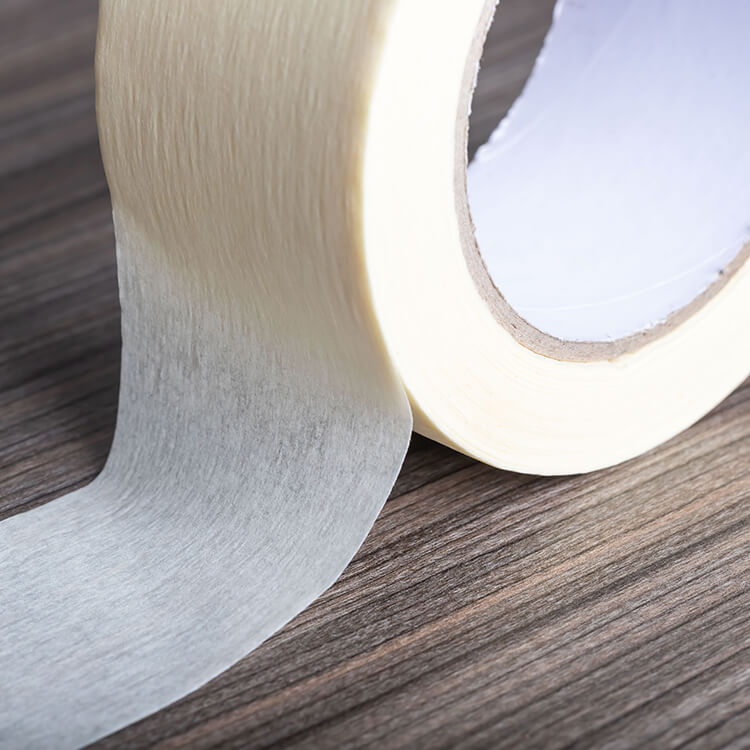
Masking and Kraft Paper Tapes in Packing Work
Some tasks do not call for plastic tape. Orange Packaging supplies two tape types that suit different packing roles: masking tape and kraft paper tape.
- Masking tape uses light glue and comes off clean. It is used for short jobs like labeling, light sealing, or masking during painting. It does not suit heavy loads.
- Kraft paper tape is made from paper. Some versions stick by pressure, others need water. This tape can stay on during recycling, making it better for paper-based waste. It suits light packing, gift boxes, and paper items.
Matching Tape to Task
Every tape type fits some tasks better than others: For dry storage with clean boxes, acrylic tape works best. If you need fast packing on rough boxes, go with hot-melt tape. For cold rooms or export shipping, solvent tape holds up well. Use masking tape for labeling or short-term jobs. When wrapping paper parcels or using recyclable materials, kraft paper tape is the right pick
Choosing based on box surface, room type, and tape strength helps reduce waste and prevent problems later. Contact us oo choose a perfect packing tape for your business needs.







